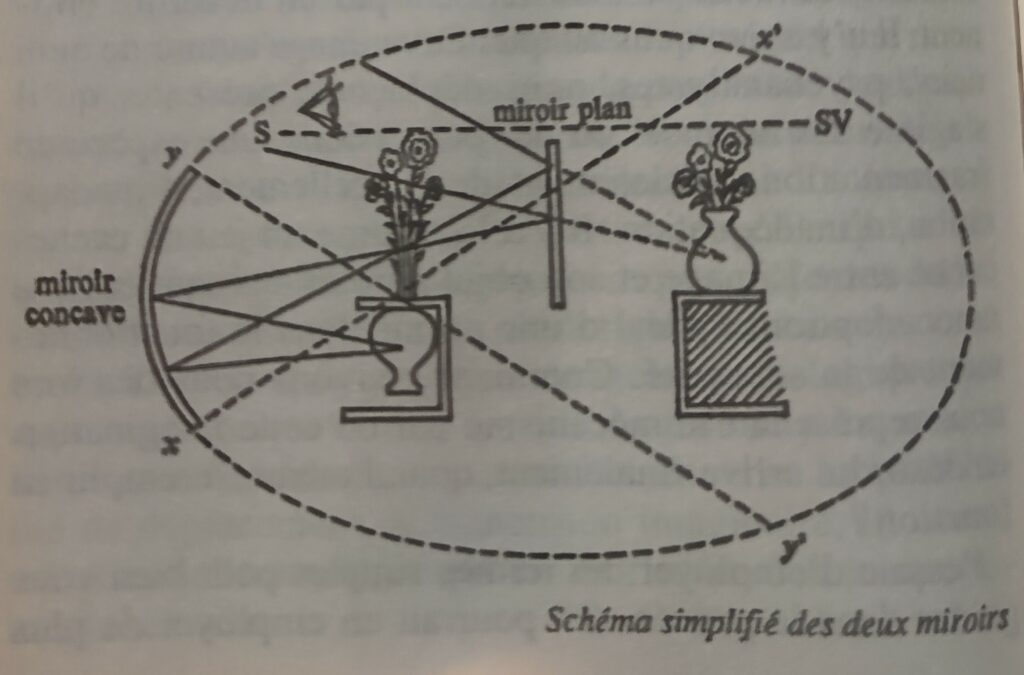If, as I have said, the things already listed were all we had had to contribute, America would have made no distinctive and unique gift to mankind. But there has been also the American dream, that dream of a land in which life should be better and richer and fuller for every man, with opportunity for each according to his ability or achievement. It is a difficult dream for the European upper classes to interpret adequately, and too many of us ourselves have grown weary and mistrustful of it. It is not a dream of motor cars and high wages merely, but a dream of a social order in which each man and each woman shall be able to attain to the fullest stature of which they are innately capable, and be recognized by others for what they are, regardless of the fortuitous circumstances of birth or position. I once had an intelligent young French-man as guest in New York, and after a few days I asked him what struck him most among his new impressions. Without hesitation he replied, “The way that everyone of every sort looks you right in the eye, without a thought of inequality.” Some time ago a foreigner who used to do some work for me, and who had picked up a very fair education, occasionally sat and chatted with me in my study after he had finished his work. One day he said that such a relationship was the great difference between America and his homeland. There, he said, “I would do my work and might get a pleasant word, but I could never sit and talk like this. There is a difference there between social grades which cannot be got over. I would not talk to you there as man to man, but as my employer.”
Si, comme je l’ai dit, les choses déjà mentionnées étaient tout ce que nous avions à apporter, l’Amérique n’aurait fait aucun don distinctif et unique à l’humanité. Mais il y a eu aussi le rêve américain, ce rêve d’une terre où la vie devrait être meilleure, plus riche et plus pleine pour chaque homme, avec des opportunités pour chacun selon ses capacités ou ses réalisations. C’est un rêve difficile à interpréter adéquatement pour les classes supérieures européennes, et trop d’entre nous-mêmes se sont lassés et méfiés de lui. Ce n’est pas seulement un rêve de voitures et de hauts salaires, mais un rêve d’un ordre social dans lequel chaque homme et chaque femme serait capable d’atteindre la pleine stature dont ils sont intrinsèquement capables, et être reconnus par les autres pour ce qu’ils sont, indépendamment des circonstances fortuites de naissance ou de position. J’ai autrefois accueilli un jeune Français intelligent à New York, et après quelques jours, je lui ai demandé ce qui l’avait le plus frappé parmi ses nouvelles impressions. Sans hésitation, il répondit, “La façon dont chacun, de toute sorte, vous regarde droit dans les yeux, sans penser à l’inégalité.” Il y a quelque temps, un étranger qui travaillait pour moi et qui avait acquis une assez bonne éducation, s’asseyait parfois et bavardait avec moi dans mon bureau après avoir terminé son travail. Un jour, il a dit que cette relation était la grande différence entre l’Amérique et son pays natal. Là-bas, dit-il, “Je ferais mon travail et pourrais obtenir un mot aimable, mais je ne pourrais jamais m’asseoir et parler ainsi. Il y a là-bas une différence entre les grades sociaux qui ne peut être surmontée. Je ne vous parlerais pas là-bas d’homme à homme, mais en tant que mon employeur.”
James Truslow Adams, The Epic of America (1931), Little, Brown, And Company, Boston, 1938, p. 425

